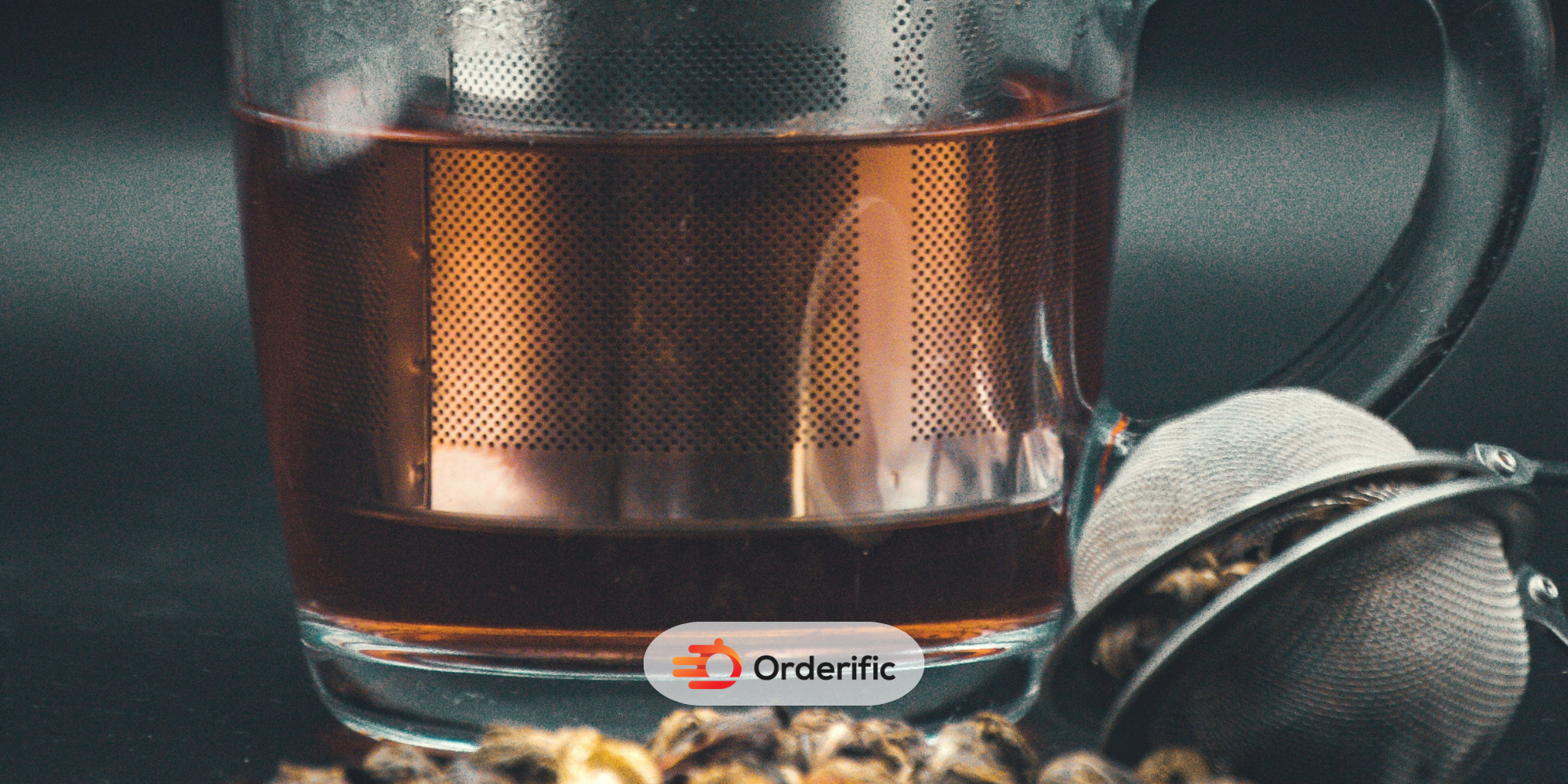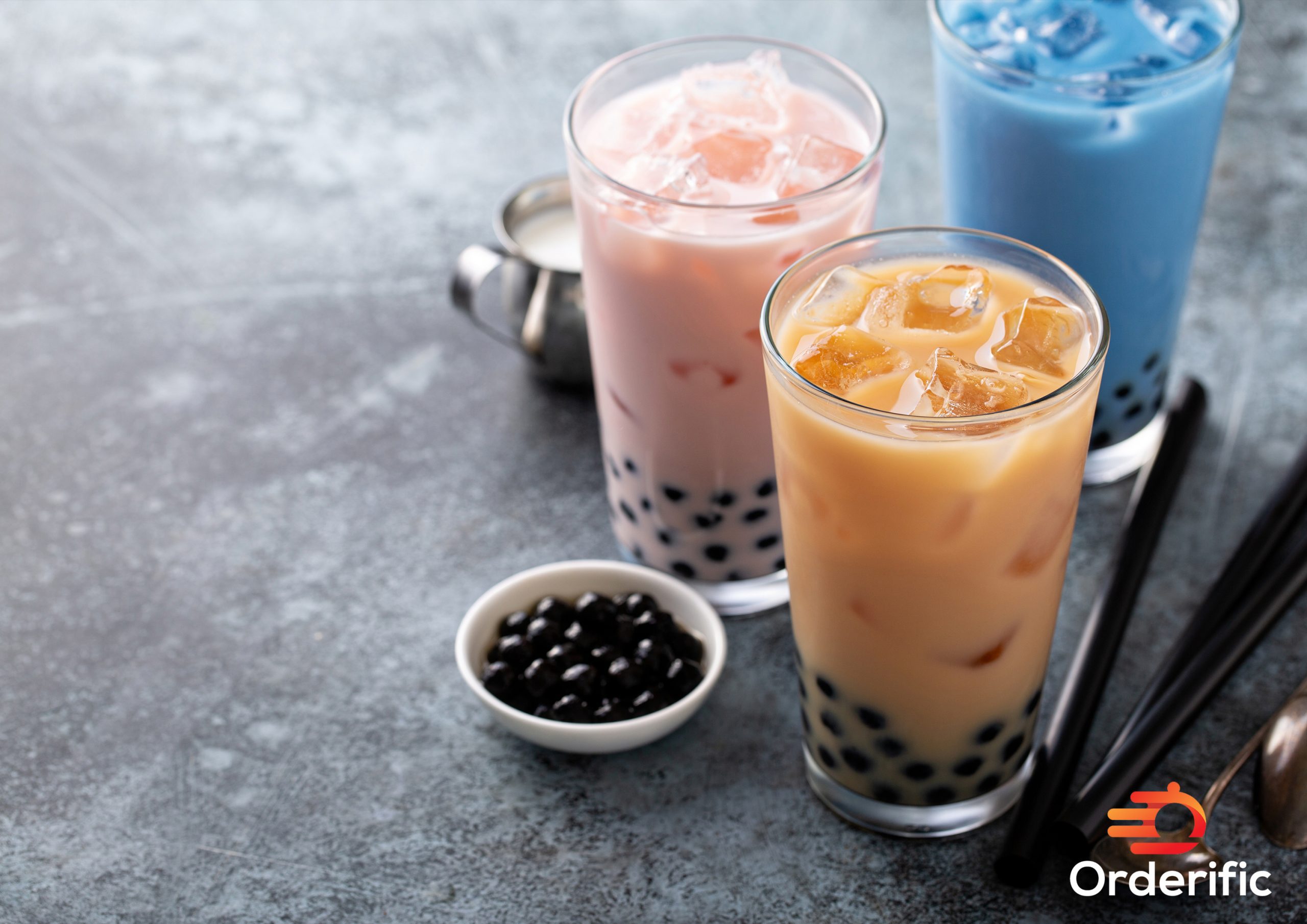Tea isn’t simply a drink; it is a social phenomenon that has dazzled individuals all over the planet for quite a long time. With a rich history and various tea types, it offers a variety of choices to suit different taste of tea drinkers. In this blog, we will dig into the six most famous sorts of tea, looking at their attributes, tea consumption medical advantages, and preparing methods. So bring your mug, get comfortable, and get ready to set out on a tea-venture like no other.
Tea Varieties
1. White Tea: Delicate Elegance in a Cup
Known for its subtle and delicate flavors, white tea is the least processed among all the tea types. It is made from young leaves and buds that are simply withered and dried, preserving their natural essence. With a light and floral taste, white tea offers a refreshing experience. It also boasts numerous health benefits, including high antioxidant content and potential anti-aging properties.
2. Green Tea: A Powerhouse of Health
Green tea has gained immense popularity due to its wide range of health benefits. Produced by steaming or pan-firing fresh tea leaves, green tea retains its vibrant green color and grassy flavor. Packed with antioxidants and catechins, it is believed to aid in weight loss, boost metabolism, and improve cardiovascular health. From classic Sencha to delicate Matcha, green tea offers a multitude of varieties to explore.
3. Oolong Tea: A Harmonious Balance
Oolong tea strikes a perfect balance between the fresh and delicate characteristics of green tea and the robust and complex flavors of black tea. With a wide range of oxidation levels, oolong tea can vary from light and floral to rich and toasty. This tea type is cherished for its unique ability to calm the mind, enhance focus, and support digestive health.
4. Black Tea: Bold and Invigorating
Black tea is undoubtedly the most widely consumed type of tea worldwide, known for its bold and robust flavors. Fully oxidized during processing, black tea offers a rich, full-bodied taste with a slightly bitter edge. Whether you prefer the briskness of Assam tea or Sri Lanka Ceylon tea, the malty notes of Darjeeling, or the smoky aroma of Lapsang Souchong (Chinese tea), black tea or red tea (rooibos tea) provides a perfect pick-me-up in the morning and throughout the day.
5. Pu-erh Tea: An Aged Treasure
Pu erh tea, renowned for its earthy and complex flavors, undergoes a unique fermentation process. Produced in the Yunnan province of China, this tea can be enjoyed both young and aged. Young pu-erh boasts a bold, almost astringent taste, while aged pu-erh develops a smooth and mellow profile over time. Pu erh tea is believed to aid digestion, reduce cholesterol levels, and even assist in weight management.
6. Matcha Tea: The Zen Elixir
Originating from Japan, Matcha tea has gained worldwide popularity for its vibrant green color and distinctive taste. Made from shade-grown tea leaves ground into a fine powder, Matcha (Japanese tea) offers a concentrated dose of nutrients and antioxidants. This powdered tea is traditionally whisked into a frothy concoction, providing a unique, earthy flavor profile. Matcha and bubble tea is known to promote relaxation, improve focus, and boost energy levels without the jitters associated with coffee.
Grades of Tea: Why They Matter

Tea Grades: The Art of Quality Assessment
Tea grading is a meticulous process that categorizes tea based on various factors such as tea leaf (loose tea) appearance, size, aroma, and infusion quality. While grading systems differ across regions and tea types, they play a crucial role in determining tea’s overall quality and value. Understanding tea grades can help you make informed decisions when purchasing tea and ensure a delightful experience with every sip.
Caffeine in Tea: Debunking the Myths
In opposition to mainstream thinking, not all tea types have a similar caffeine content. While tea leaves normally contain caffeine, the fermenting technique and soaking time influence its infusion into the cup. By and large, tea’s caffeine content is lower than coffee’s. On the off chance that you’re searching for a low-caffeine choice, white and herbal tea with herbal infusion such as peppermint tea, hibiscus tea or chrysanthemum tea and ginger tea commonly have the least, while black and pu-erh teas have higher caffeine content.
Brewing Tea: The Art of Infusion
The art of brewing tea involves more than just pouring hot water over leaves. Factors such as water temperature, steeping time, and the right teaware can significantly impact the flavor profile of your cup. We’ll explore general guidelines for brewing each tea type to ensure optimal taste and maximum enjoyment. From delicate white tea that requires lower temperatures to robust dark tea that can withstand boiling water, these tips will help you achieve a perfect brew every time.
Conclusion
Tea is a captivating world brimming with flavors, aromas, and cultural traditions. Each tea type offers a unique sensory experience and potential health benefits. From the delicate elegance of white tea to the robust and invigorating flavors of black tea, and the tranquil Zen moments with matcha, there is a tea to suit every preference and occasion.
By exploring the diverse tea landscape, we not only indulge our taste buds but also cultivate a deeper appreciation for the art and culture of true tea. So, embrace the enchanting world of tea, one sip at a time, and let this ancient beverage’s rich heritage and flavors elevate your daily tea rituals. Cheers to the remarkable journey of tea!
Check out Orderific for more such interesting content!












